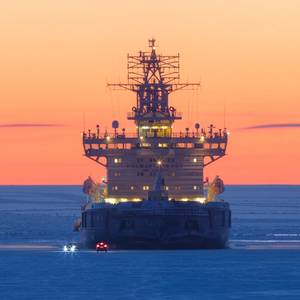
The Arctic is no longer a remote expanse beyond the edges of global commerce — it is now a contested arena where strategic competition, energy development, and maritime innovation converge. As climate change accelerates sea ice retreat, previously impassable waters are opening to navigation for longer periods each year.
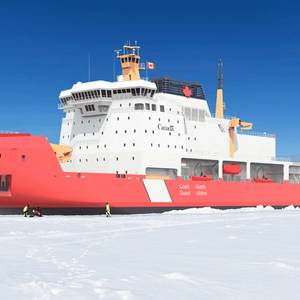
After developing the technique some five years ago, Aker Arctic has now completed the research required to get its new design methodology for icebreaker hulls accepted into the Finish-Swedish Ice Class Rules. The method has also been adopted to Polar Class rules of several Class Societies (LR, ABS, DNV).
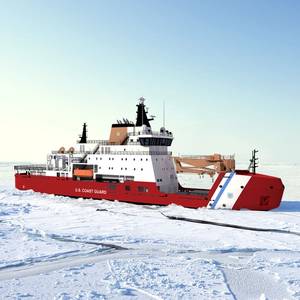
In a major move to accelerate the U.S. Coast Guard’s icebreaking fleet expansion, Bollinger Shipyards, Rauma Shipyards, Seaspan Shipyards, and Aker Arctic announced a partnership to deliver next-generation Arctic Security Cutters (ASCs) under the Coast Guard’s multibillion-dollar icebreaker program.The collaboration combines U.S.
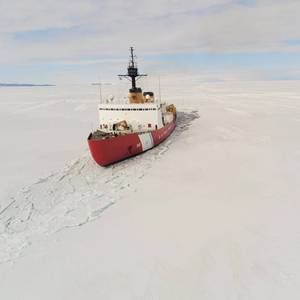
President Donald Trump's 'Big Beautiful Bill' earmarks more than $8.6 billion to increase the U.S. Coast Guard icebreaker fleet in the Arctic, where Washington hopes to counter rising Russian and Chinese dominance.The funding includes $4.3 billion for up to three new heavy Coast Guard Polar Security Cutters, $3.

The first Russian-built ice-class tanker for liquefied natural gas is expected to go into operation in the second half of this year at the Arctic LNG 2 plant, Interfax news agency quoted tanker group Sovcomflot as saying on Wednesday.International sanctions over Ukraine have led to a shortage of tankers in Russia that can cut through thick ice
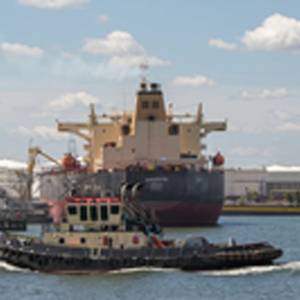
When tensions rise in the Middle East, it can be helpful to look at what is not happening as much as what is.In the crude oil market, this means focusing on the fact that so far not a single barrel of crude oil supply has been lost. It is in the interests of all involved parties that this remains the case.
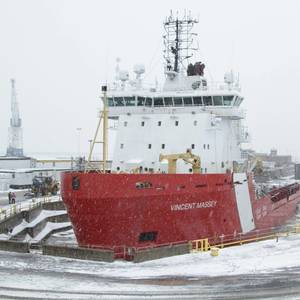
Davie, a leader in icebreaker and specialized vessel construction, announced plans to acquire shipbuilding assets in Galveston and Port Arthur from Gulf Copper & Manufacturing Corporation — marking a major step toward revitalizing large-scale shipbuilding of icebreakers in the United States. The move underscores growing momentum behind domestic production of ice-capable vessels and aligns with U.
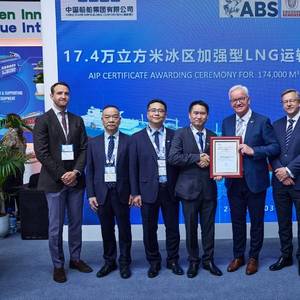
Classification Society DNV has granted Approval in Principle (AiP) certificates to Hudong-Zhonghua Shipbuilding for three new vessel designs.The AiPs highlight the ongoing collaboration between the two organizations and reinforce their shared commitment to supporting the continued development of Chinese shipbuilding and the maritime industry’s low-carbon transition and technical advancement.
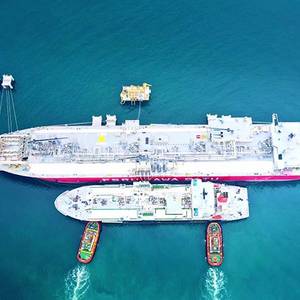
Mitsui O.S.K. Lines (MOL), Japan's second-largest shipping company, aims to capitalize on opportunities that emerge from a shift in trade routes driven by new U.S. tariffs, CEO Takeshi Hashimoto said.The highest U.S. tariffs in more than a hundred years came into force on Wednesday, roiling global markets.
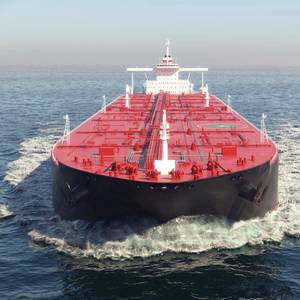
The trade of Russian oil for March-loading in Asia has slowed significantly as a growing gap between buyer and seller expectations in China has emerged. This disconnect comes amid rising costs for chartering non-sanctioned tankers following new U.S. sanctions, according to traders and shipping data.
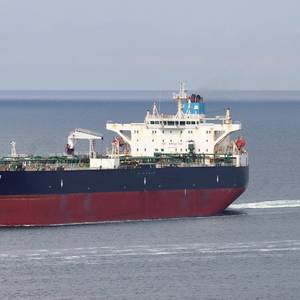
Chinese and Indian refiners will source more oil from the Middle East, Africa and the Americas, boosting prices and freight costs, as new U.S. sanctions on Russian producers and ships curb supplies to Moscow's top customers, traders and analysts said.The U.S. Treasury on Friday imposed sanctions on Russian oil producers Gazprom Neft and Surgutneftegas
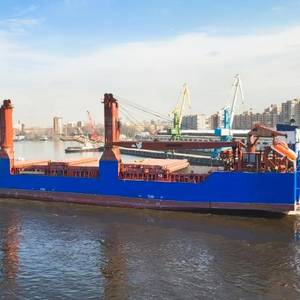
A Russian cargo ship that ran into trouble on Monday in the Mediterranean Sea and later sank was rocked by a series of three explosions in "an act of terrorism," state news agency RIA cited the vessel's owner as saying on Wednesday.Russia's Foreign Ministry said on Tuesday that the "Ursa Major," built in 2009